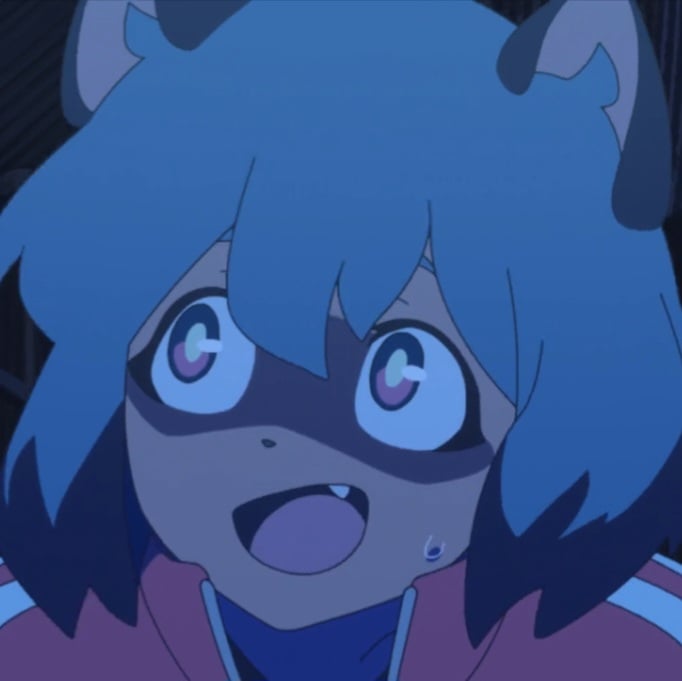When it comes to designing a fursona, most people focus on appearances, which makes sense. But, as with any character design, fursonas can have a surprisingly deep world behind them. Afterall, your fursona has to live in a world somewhere and their life would tell a story. But how was their story?
A story does not have to be written. A picture can tell a thousand words, after all. If you have made or commisioned multiple arts of your fursona, how did each of them relate? Were all the arts of your sona related to each other? Did they overall tell a continous story?
Your fursona may have a well-developed story overall, just a simple backstory, or not at all. That’s fine, but even then, there are still a lot more things to consider with the world your fursona live in. The world your fursona live in should theoretically have a rule; some elements of worldbuilding.
And every fursona have a different world behind them: some people make every species in their sona’s universe match the size of their wild counterpart, meaning that bear anthros are much larger there than rabbit anthros, while others make every species much more similar. So while a rabbit is smaller than a bear, the difference isn’t as big (perhaps the size differences are closer to human vs another human, instead of irl bear vs rabbit). Another element is smell: some give their sona, especially dog fursonas, better sense of smell, while others never mention about this detail.
So what about your fursona? What other notable worldbuilding details did you put in your fursona’s world?
For me at least, my raccoon fursona doesn’t really have a rich backstory or a story in general. She is a transgender raccoon girl who is socially awkward, always curious but also anxious. She is mostly left alone by everyone around her as nobody understands her and she doesn’t understand anyone.
Aside from that, she also lives in a wold where everyone is plantigrade. There are no digitigrade anthros even for digitigrade species like dogs, mainly out of preferences and a lack of drawing skill. Everyone also has similar sizes. While bears are bigger than rabbits, the differences aren’t significant.
One interesting thing is that regular, feral animals are also present in my sona’s universe. They are indistinguishable from real life animals and mostly coexist with anthros. Anthros and ferals are completely different species, even if they’re based on the same species.
Overall, I think my worldbuilding looks generically similar to your average anthro universe worldbuilding. What do you think?


Sloan doesn’t really have much in the way of a backstory. He’s basically just me as an anthro serval (well, with some slight body-shape alterations as well. We’re both around the same size but Sloan’s a bit more pear-shaped), living in a furrified fictional analog to the real world albeit with a degree of toon physics to it (since I enjoy the various toony shenanigans the furry fandom gets up to), some magic (to facilitate those toony shenanigans), and a lot less conflict (mainly because I want an escape from how hostile things have become IRL).
Sloan’s world is inhabited by basically a vast mix of species seen in the furry fandom. Real world animals, mythological creatures, fandom species, 'mons and other pop culture species. The various species are roughly human-sized but with more extreme height variance being common - anywhere from 3-9 feet is possible. There are also very rare instances of macros in that world, usually either the result of magical or scientific experimentation gone wrong or a freak mutation, although some natural ones exist as well. To keep the world from being destroyed by, for example, a rampaging planet-sized jolteon girl (if you know who I’m talking about, you know who I’m talking about), the hard limit for these macros is around 500-600 feet tall, basically low-tier kaiju-sized.
Species are digitigrade or plantigrade depending on what their basis is, though with some variation - for example, Kitsune are plantigrade even though foxes are digitigrade.